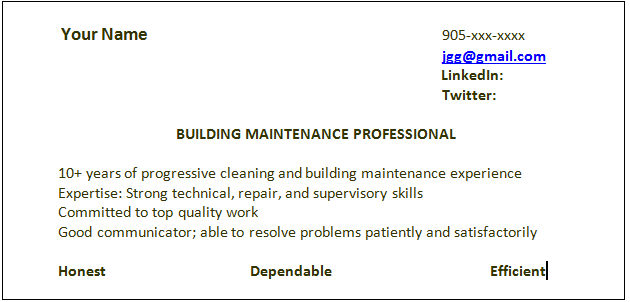 If your plans for the new year include finding a new job, the start of a new year is a perfect opportunity to launch a new, carefully thought through work finding strategy. Considering how many talented and experienced job seekers are unemployed and seeking new opportunities, it’s important to remember that those who will be successful will be not only those with skills and experience needed by employers, but job seekers who are easily noticed by them.
If your plans for the new year include finding a new job, the start of a new year is a perfect opportunity to launch a new, carefully thought through work finding strategy. Considering how many talented and experienced job seekers are unemployed and seeking new opportunities, it’s important to remember that those who will be successful will be not only those with skills and experience needed by employers, but job seekers who are easily noticed by them.
In the last year, we offered a range of tips worth considering when upping your job search game and be more easily noticed by employers.
What can you do to be best prepared to find your next great job?
1. Update your resume
An updated resume is obviously always important. The changes brought on by new technology make new demands on this document: resumes will be read on the computer screen, and are often preselected through a computerized Applicant Tracking System (ATS) before any person even sees the resume. For job seekers, this means that they need to carefully format their resume and choose the wording thoughtfully.
Our Employment Specialist has offered some good advice on this to a job seeker in a previous blog post about the ATS, and in another previous posts, you will find tips for dealing with resume gaps as well as a discussion about the resume formats preferred by employers.
2. Up your social media game
As a job seeker, it is important to ensure that you are easily found on Google, where potential employers are most likely to look for you. Most importantly to this end, make sure your LinkedIn profile is complete and updated. That includes ensuring that your LinkedIn Summary is the best it can be, since it is the first things employers read when they find your profile. In addition to LinkedIn, consider Twitter as a way of gathering information, networking and tips.
Social media is an excellent tool to help market your transferable skills. In the last year, we provided tips for how social media can be used to support the various changes in your career, whether you are making decisions at high school, making a career change or considering relocation.
3. Enhance your skills
Even if you think your skills are up to par in terms of employer expectations, it’s now 2017 and your skills and experience now appear a year old (at least on your resume). Consider it a challenge to engage in an activity which will enable you to add “2017” to your resume.
It might be a course (such as updating your computer skills or CPR certification). Courses can be found at your local community centre, community college (look for the continuing education courses, for part-time options).
Another possibility is to volunteer in a meaningful role. If you live in Toronto, you can find volunteer postings at Volunteer Toronto, or Canada-wide, you will find your local volunteer centre here.
Make sure to add your newly acquired skills and experience your resume and LinkedIn profile.
4. Expand your Network
This goes back to that old truth about finding work — it’s not only about what you know, but who you know. Time to reconnect with old contacts and make new ones. LinkedIn might be the best way to start the process — see who you know, and figure out who you would like to get to know.
Go out and meet with people face-to-face; ask questions, get support and guidance and make sure they know that you are still looking for a new opportunity.
5. Look for new sources of job alerts to your email inbox
Many job search sites allow users to set up job alerts, which will send them emails with jobs that match their specific criteria. We recently posted a detailed list of job boards, where jobs can be found by keyword and location, and saved an Email Alert or RSS Feed.
That way, you can apply directly from your email box. Just remember to carefully choose your key words and set your location carefully (50 km range is too wide, and 5 km too close)
2017 has the potential to be a year of economic growth and new opportunities. Make sure that you are ready to benefit from these opportunities as they arise.





